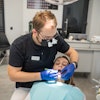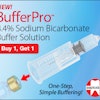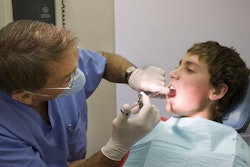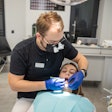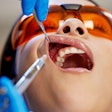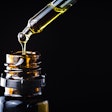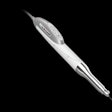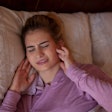
In the latest edition of its Critical Summaries series, the Journal of the American Dental Association (JADA) spotlights a study touting superiority of articaine over lidocaine for pulpal anesthesia (August 2012, Vol. 143:8, pp. 897-898).
The author, Virginia Powell, DMD, a private practitioner and evidence reviewer for the ADA, largely supports the findings of the meta-analysis of the performance of the two drugs (JADA, May 2011, Vol. 142:5, pp. 493-504), but criticizes some of the researchers' methods and casts doubt on the strength of their conclusion.
"In a clinical situation, 4% articaine was more likely to produce successful pulpal anesthesia than was 2% lidocaine, and this effect was improved if the method of administration was infiltration," she wrote in the summary. "Although the difference possibly could be less evident if the teeth are inflamed or the method of delivery is by means of block injection."
“Tooth status ... may have been the more important factor.”
— Virginia Powell, DMD
The evidence-based review that Dr. Powell performed offers additional insight to the results of the original study, conducted by researchers from the department of cariology, restorative sciences, and endodontics at the University of Michigan School of Dentistry.
"We can state that within a 95% confidence interval (CI), the true odds ratio of articaine (2.44) indicates that this anesthetic is 1.59 to 3.76 times more likely to produce anesthetic success than is a similar volume of lidocaine," study authors wrote.
The odds ratio improved to 3.81 times more likely to produce anesthetic success when only infiltration data were considered. However, when the mandibular block method was evaluated, the odds ratio decreased to 1.57 (95% CI: 1.12-2.21). Consequently, the researchers described any recommendation for articaine over lidocaine to achieve a successful mandibular block as "premature."
Methods, comments, criticism
For their meta-analysis, the University of Michigan researchers combed Medline and Embase databases for peer-reviewed randomized controlled trials in which lidocaine and articaine were compared directly as local anesthetics in adults. The studies had to be published between January 1970 and December 2009 in a peer-reviewed journal. The researchers also included articles written in German, Croatian, and Russian, which expanded the scope of evidence. In all, 13 studies were included containing a total of 560 participants.
However, Dr. Powell had several criticisms, such as the small number of participants. In addition, their demographics were not clearly described, nor was the definition of successful pulpal anesthesia, which was subject to bias as a result. The researchers also mislabeled data in their graphs, she stated.
Dr. Powell questioned the potency of their conclusion as well. "The subgroup of inflamed versus noninflamed teeth was not reported," she wrote. "Therefore, the conclusion that articaine provided better anesthesia by means of infiltration may be overstated."
The disparity of inflamed teeth considered in the infiltration set versus the mandibular block is a "red flag," according to Dr. Powell. When grouped together, only 2% of the infiltration method events involved inflamed teeth, compared with 19% of the mandibular block set. Articaine did not perform significantly better than lidocaine in one qualified set of studies: when it was used in a subgroup of mandibular block studies that only included inflamed teeth.
"The results of this analysis may be suspect because of the small sample sizes and because inflamed teeth are more difficult to anesthetize," Dr. Powell wrote. "Therefore, tooth status rather than the type of anesthetic used may have been the more important factor."
There was no discussion as to why articaine applied via infiltration may have outperformed the other drug when administered as a nerve block, Dr. Powell noted. And she described heterogeneity as "significant" in the study.
"The use of multiple definitions of pulpal anesthesia with little rationale for scale may have contributed to this effect," she wrote.
Nonetheless, the study was given an evidence quality rating of "Good."
